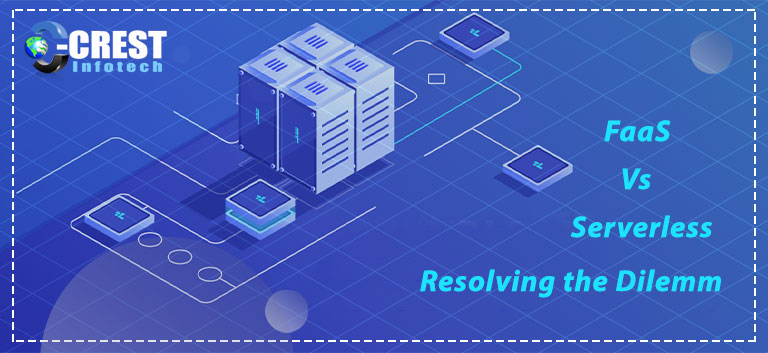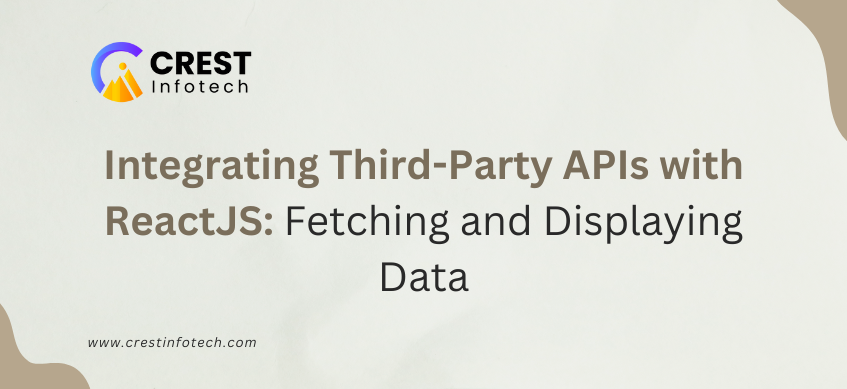Serverless and Faas are the two new classes of cloud computing services in the vast, ever-changing world of technology. Both FaaS and Serverless have helped organisations save money, refocus time on developers, relegate management of resources, and harness cloud technology. However, though both are viewed as the same, a small variation occurs. In the vast, ever-changing world of technology, Serverless and Faas are the two latest classes of cloud computing services. FaaS and Serverless have also helped businesses save money, refocus time on developers, relegate resource management, and harness cloud technology. Nevertheless, while both are perceived as the same, a minor difference happens.
Here’s a Serverless Brief
Serverless, meaning a setup without any servers, if taken literally. This is not feasible logistically. The serverless architecture uses offsite servers to perform computational activities that are part of big data warehouses across the globe, such as cloud services.Serverless is capable of running on different technologies. It may be, depending on the context, serverless architecture, serverless coding.
All flows, controls, and protection are handled by the central server application in the ‘Non-Serverless’ environment, while there is no central source to balance these activities in the ‘Serverless’ environment. A serverless environment focuses on individual units rather than being directed by a central programme. There is a more architecturally-aware function for each feature.
Brief of FaaS (Function as a Service)
A relatively newer notion is FaaS. The server-side reasoning here is the job of the software developer. The logic runs in stateless machine containers that are controlled by a third-party user and triggered by a case. AWS Lambda, Google Cloud Functions, Microsoft Azure Functions, and Oracle and IBM open source alternatives are the most common examples.
Only when you use it does the platform fee. It helps developers to concentrate without thinking about the backend infrastructure on developing, operating, and handling application functionalities. This one role makes it a common option for developers of apps as FaaS helps them to concentrate on the end product.
FaaS vs. Serverless: Cons and Pros
Serverless Pros
- No power over the computer is the greatest drawback of using serverless computing. Some providers do not allow access to potential changes to the server or server requirements.
- Such systems can be easily modified. If an application has to extend or contract, it can still provide more versatility.
- Thanks to the versatility of platform management behind the scenes, it costs less than a conventional server-based hosting method.
- To continually enhance application performance, Application Performance Management tools, such as Stackify Retrace, are compatible with serverless environments, such as AWS Lambda.
Serverless Cons
- When an application is being deployed, there is no need for server setup.
- Depending upon the form and number of calls received, this is a costly choice. If you use the API gateway extensively, the API price can be high.
FaaS Pros
- Faas is an important individual. To achieve a small goal, the developer does not need to write an entire application.
- Compared to serverless implementations, it is much cheaper as small fragments of codes are only executed when they are triggered. Only for what you use should you pay.
- Instead of dealing with replication of an entire programme, it is simpler to create and replicate a single feature when there is a rise in demand in the market.
- It’s simpler to scale single functions than to put effort into the whole app.
Faas Cons
- Instead of dealing with replication of an entire programme, it is simpler to create and replicate a single feature when there is a rise in demand in the market.
- It’s simpler to scale single functions than to put effort into the whole app.
Dilemma Solving: FaaS vs. Serverless
Which will suit your organisation the best? It’s not apples-to-apples to decide FaaS vs Serverless. Your IT consulting team will be able to incorporate a FaaS solution without being in the image of a serverless solution. By replacing part or the entire app with a FaaS solution that would run within an event-driven HTTP context, you can narrow down the solution. This will bring agility to your job and ease the process of deployment. Without affecting the whole system, one can select FaaS benefits in particular use cases and test environments.
Compared to smaller pay-per-use FaaS alternatives, serverless computing has a larger variety of functionalities since it covers a range of technologies. It may start low cost-wise serverless, but customizations may become more costly. The versatility of FaaS is a tradeoff with more parts, maybe on a larger scale, for the more complex Serverless approach. Some of the power may be given up, but hundreds of moving parts still need to be controlled.



